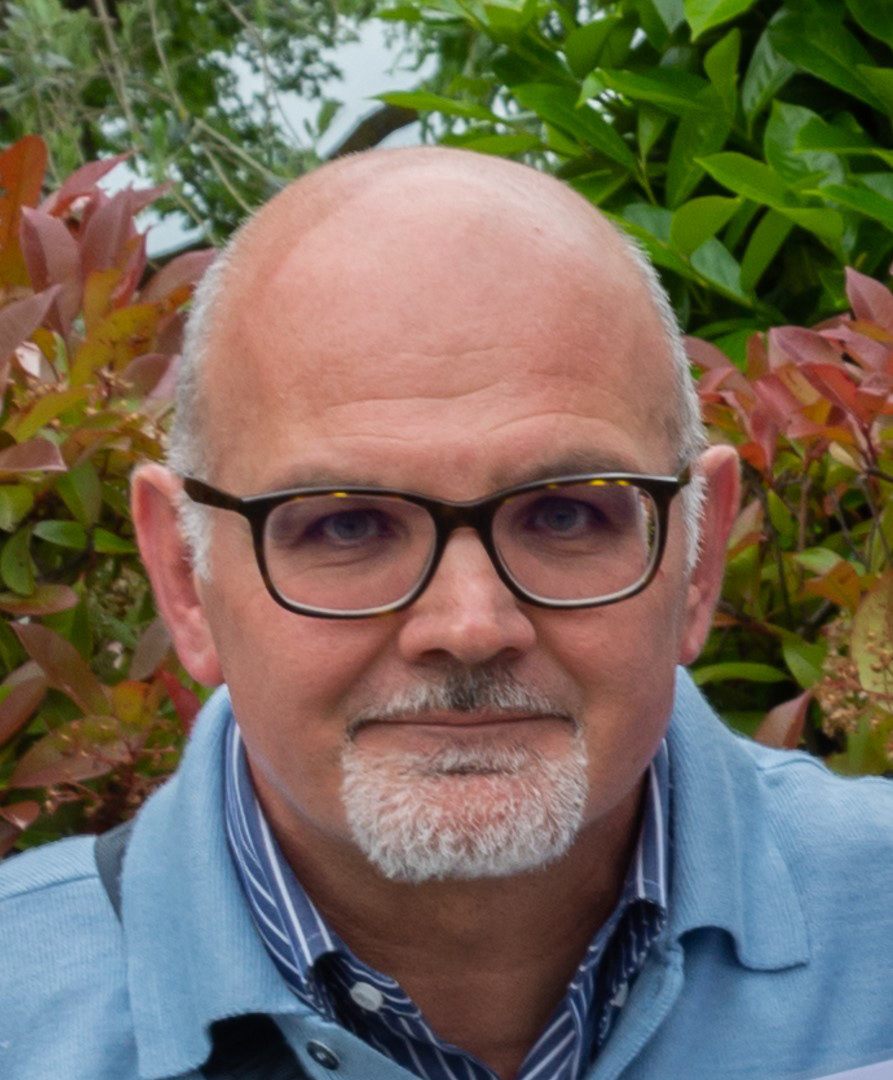Spectacular landscapes and views 2024
2024
You may also like
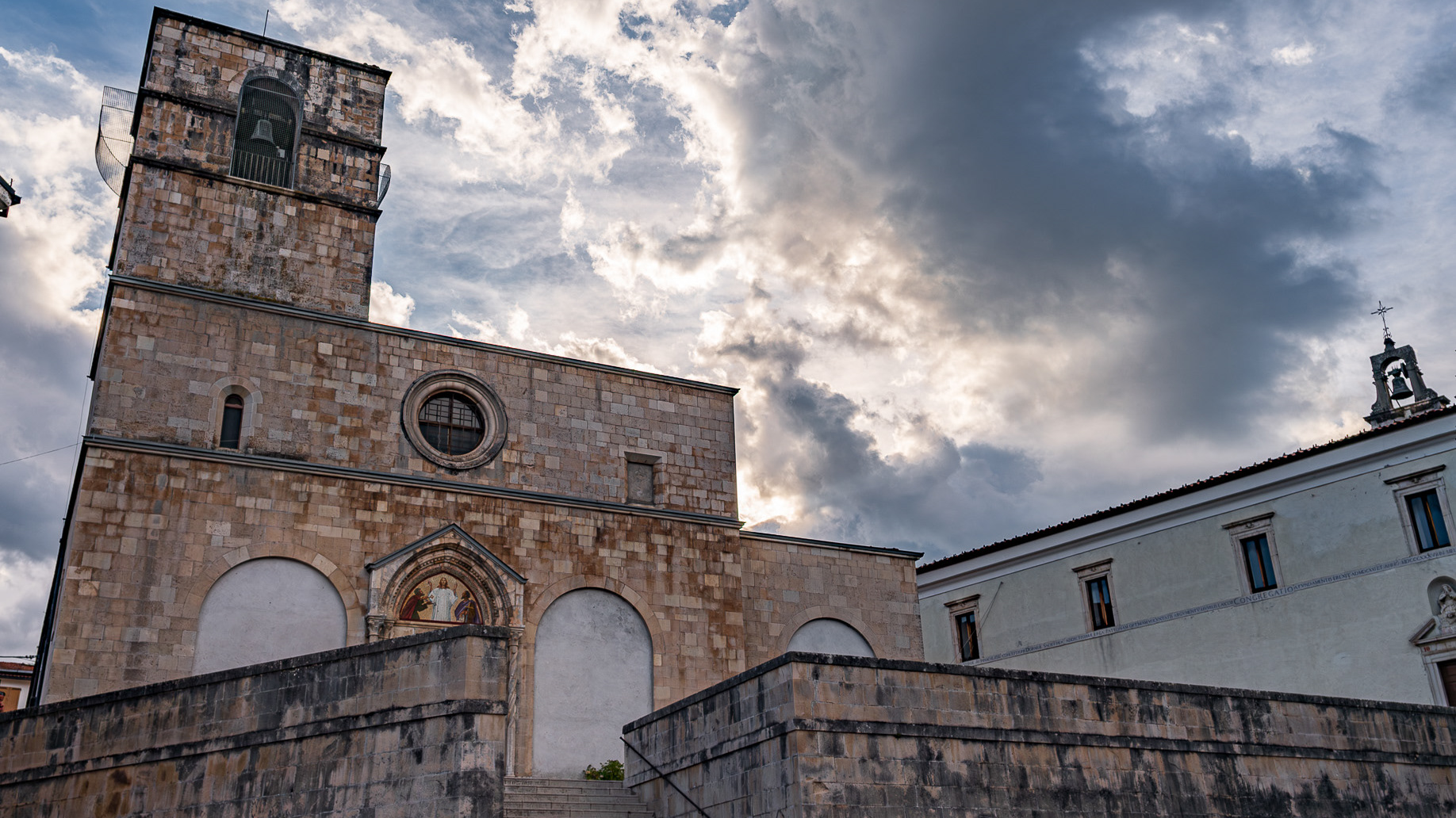
2023
Alfedena. Church of Saints Peter and Paul
Church of Saints Peter and Paul (13th century), is located in the western part of the town, in Largo Don Filippo Brunetti, is characterized by a Romanesque-inspired façade (13th century), was restored following the damage of the Second World War. The interior of the church is the result of the reconstruction in 1954. The large mosaics on the facade and inside were created by Fausto Conti in the 1950s.
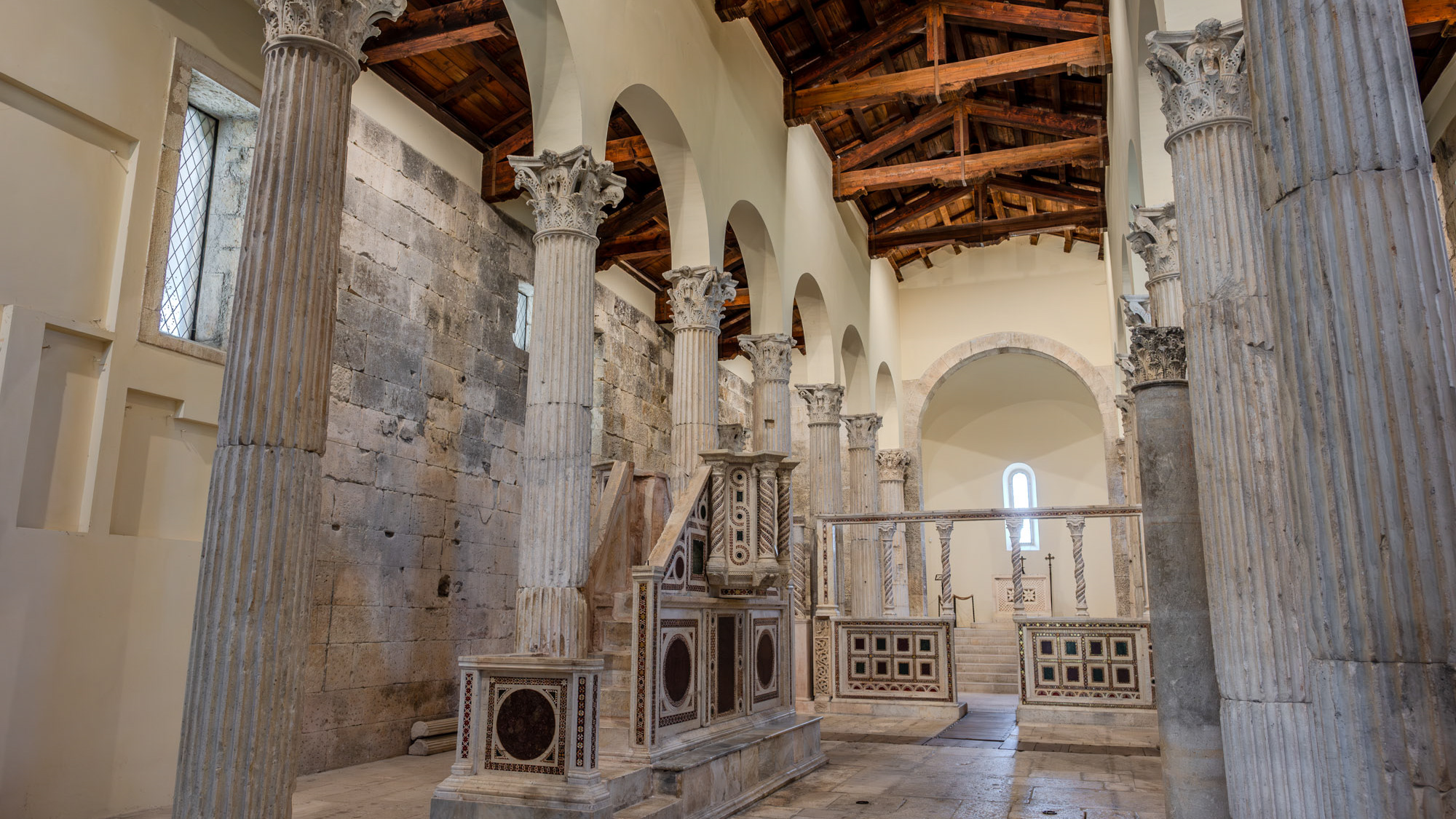
2024
Albe, Massa d’Albe. The church of San Pietro in Albe
The church of San Pietro in Albe stands on the hill of San Pietro, one of the three hills surrounding Alba Fucens, the Roman city founded in 304 BC at the foot of Mount Velino.
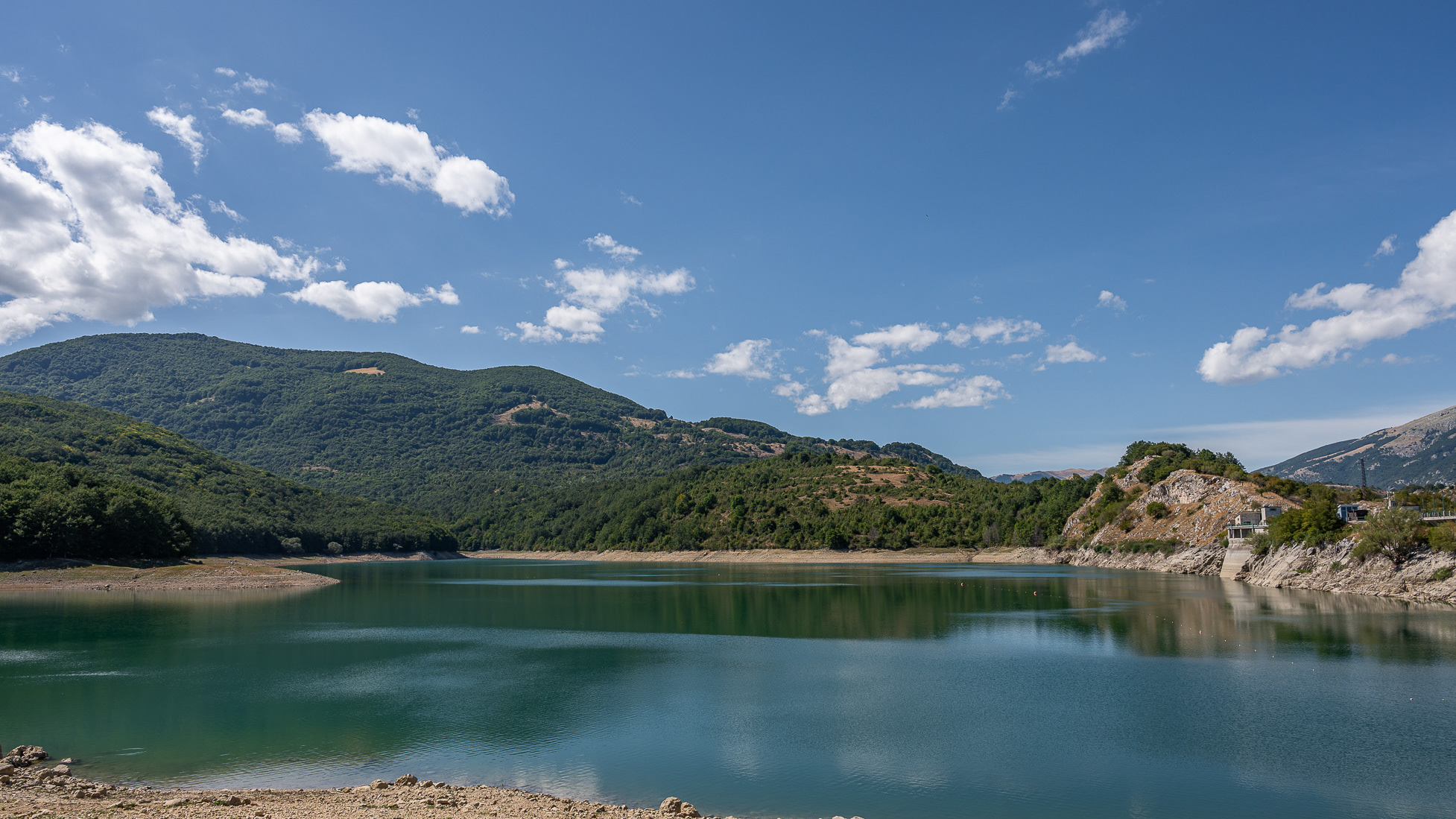
2023
Alfedena. The Montagna Spaccata lake
The Montagna Spaccata lake is a small artificial lake on the southern borders of Abruzzo. It is located entirely in the province of L'Aquila, in the municipality of Alfedena.
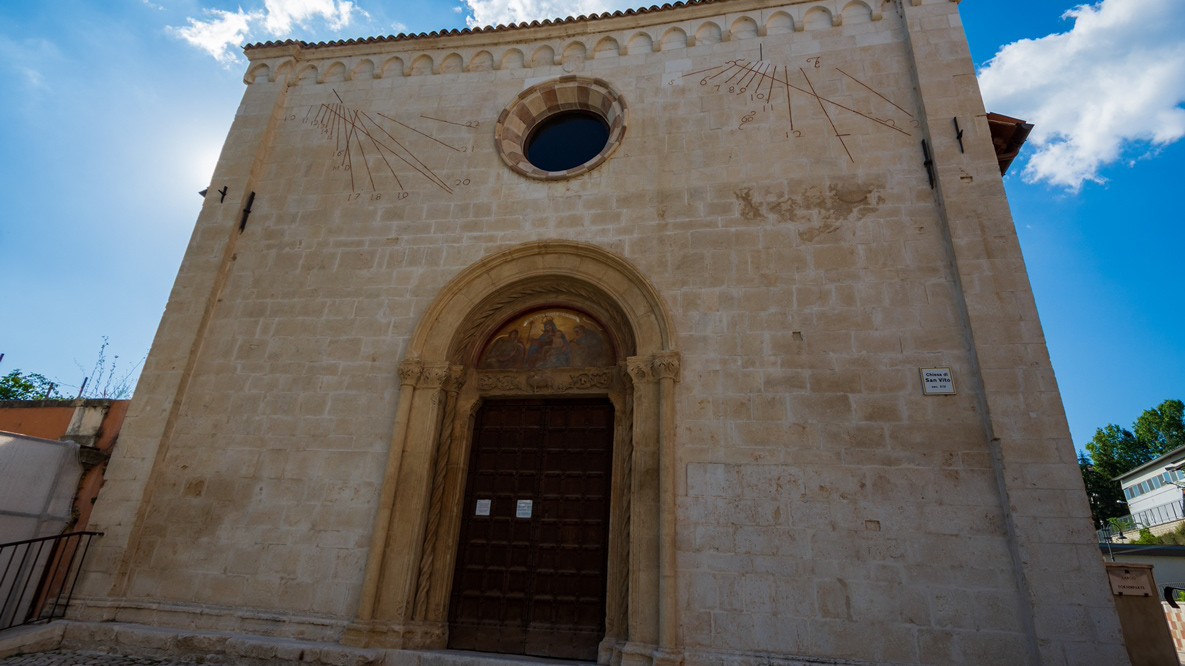
2018
L'Aquila
L'Aquila (IPA: / ˈlakwila /, pronunciation, formerly Aquila until 1863 and Aquila degli Abruzzi until 1939) is an Italian town of 69 284 inhabitants, capital of the province of the same name and of the Abruzzo region. The city is located in the Abruzzo hinterland on the slope of a hill to the left of the Aterno river, in a predominant position with respect to the Gran Sasso massif, the homonymous basin and the Aterno valley, on an area of 467 km² which make it the ninth largest municipality in Italy. Divided into 59 districts and hamlets, part of its territory is included in the Gran Sasso and Monti della Laga national park and reaches over 2,000 meters above sea level.
2025
Ortona. The Aragonese Castle
The Aragonese Castle is a fortification of Ortona, on the edge of the city and overlooking the sea. Famous residence of the protector of Ortona Ludovica Ianneys (1756-1812) from 1773 to 1812.
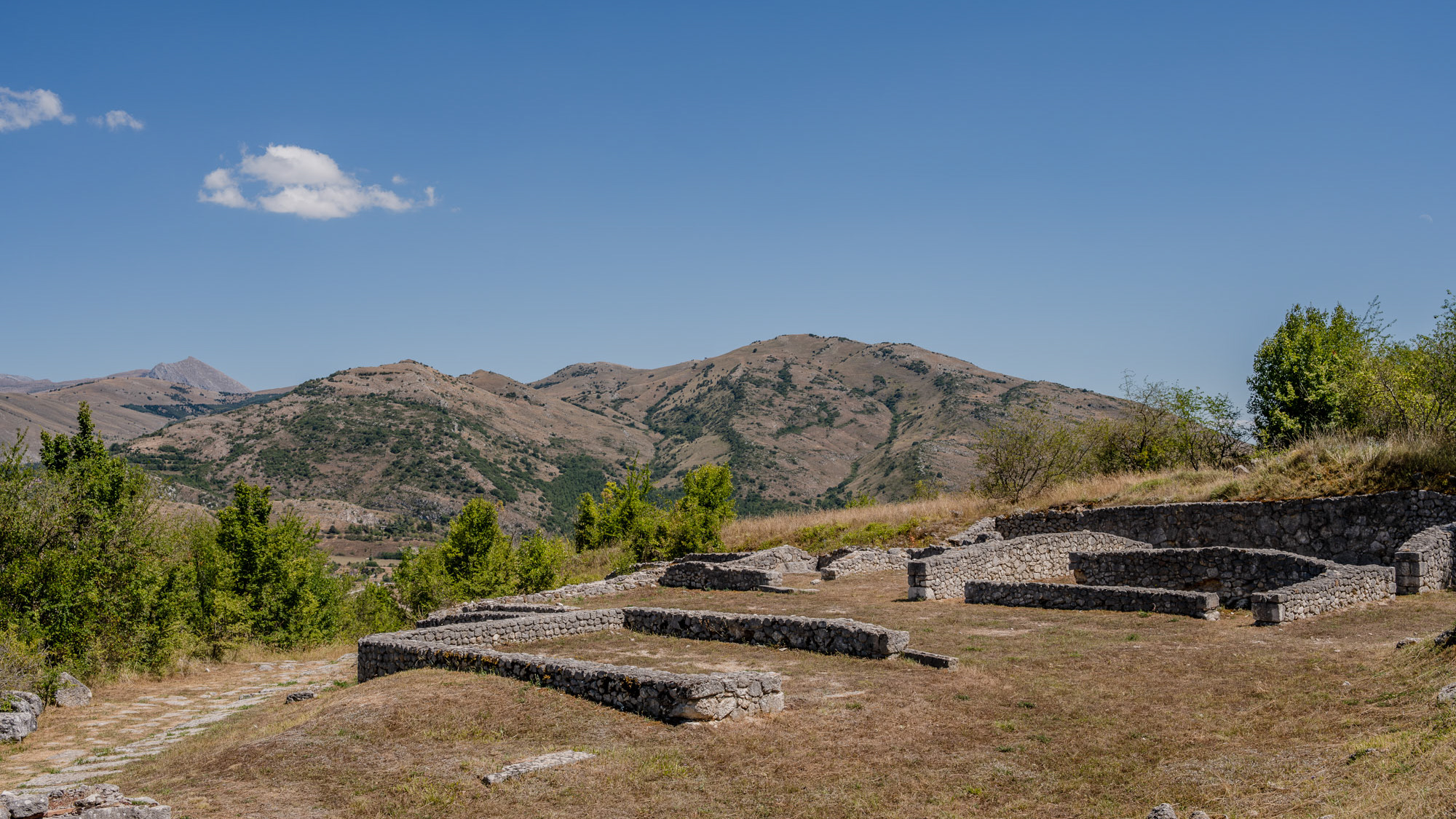
2024
Archaeological site of Alba Fucens
Alba Fucens is a site that arose in the 4th century BC in an elevated and well-fortified position, on approximately 34 hectares at 966 m above sea level, on the slopes of Mount Velino in Abruzzo.

2021
Rio Verde waterfalls
Borrello, Chieti, Abruzzo. The Regional Nature Reserve and the WWF OASIS Cascate del Verde. It is a protected natural area of Abruzzo, established in 2001, which covers an area of approximately 287 hectares.
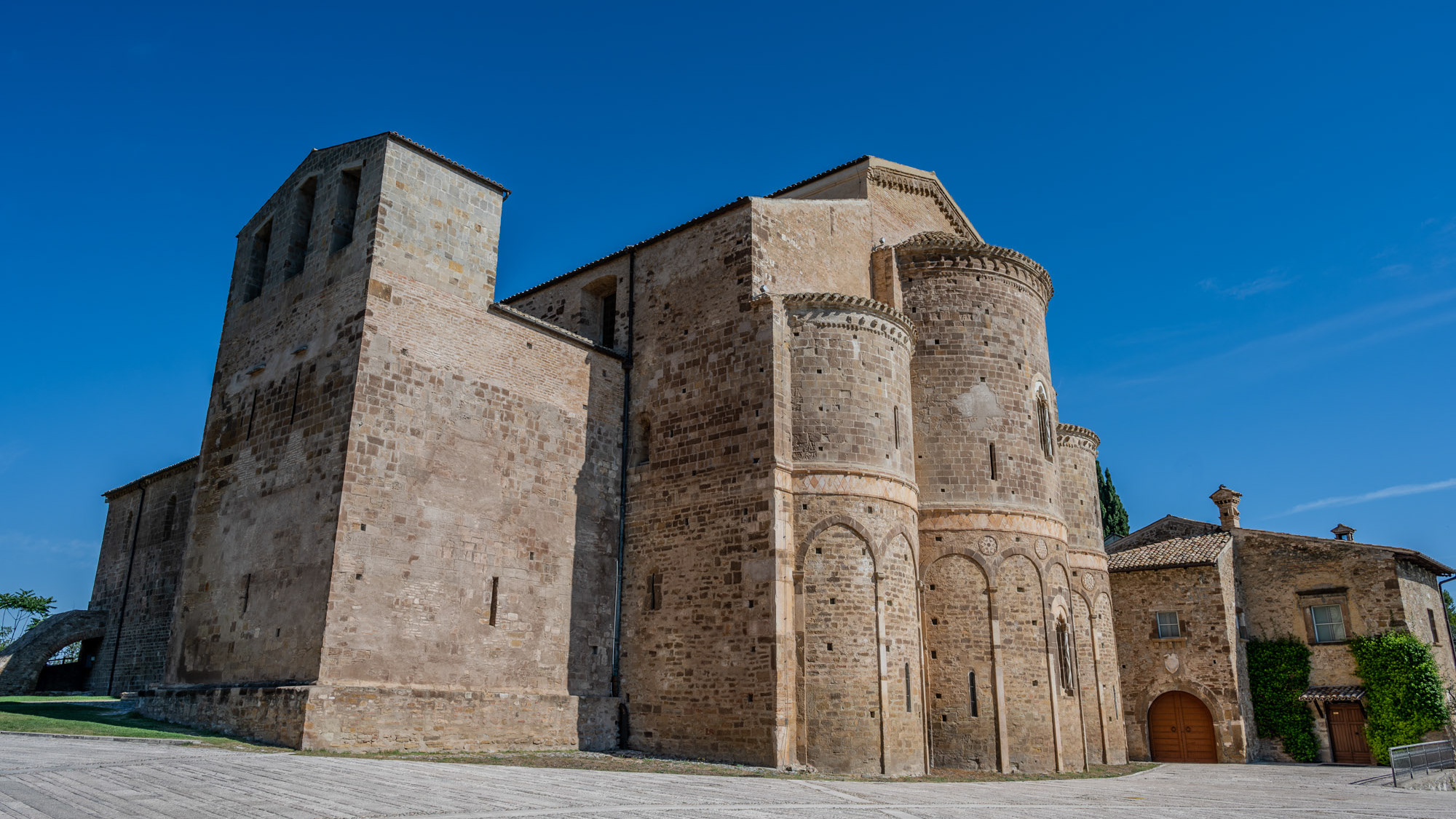
2024
Fossacesia. Abbey of San Giovanni in Venere
It is a Christian monastic complex located in the municipality of Fossacesia, on a hill overlooking the Adriatic Sea. The complex is made up of a basilica and the nearby convent.
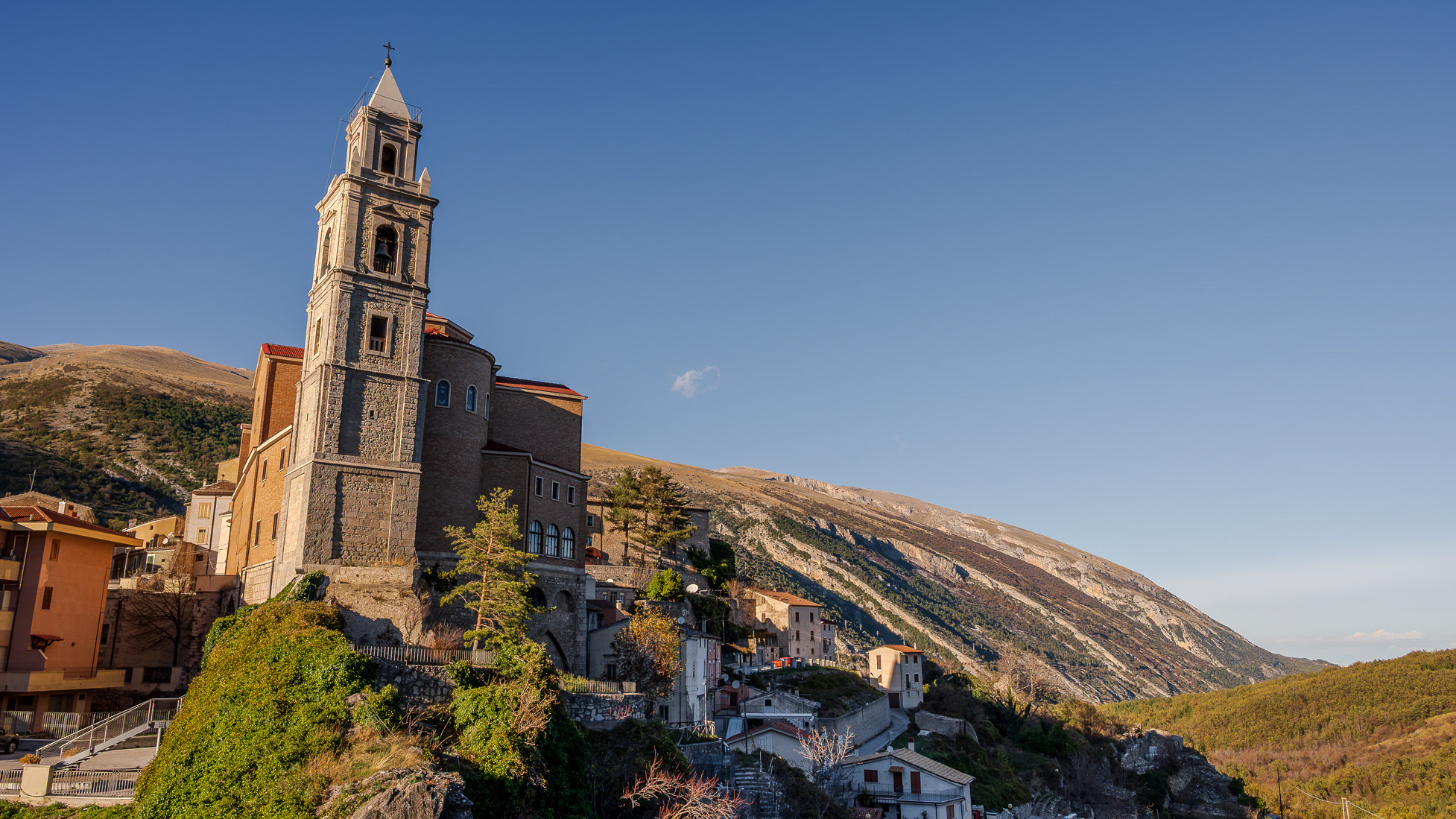
2023
Palena, Church of San Falco and Sant'Antonino
Parish church of the town, it was built in the 12th century, after the earthquake of 1706, it was built again, however maintaining the 14th century bell tower
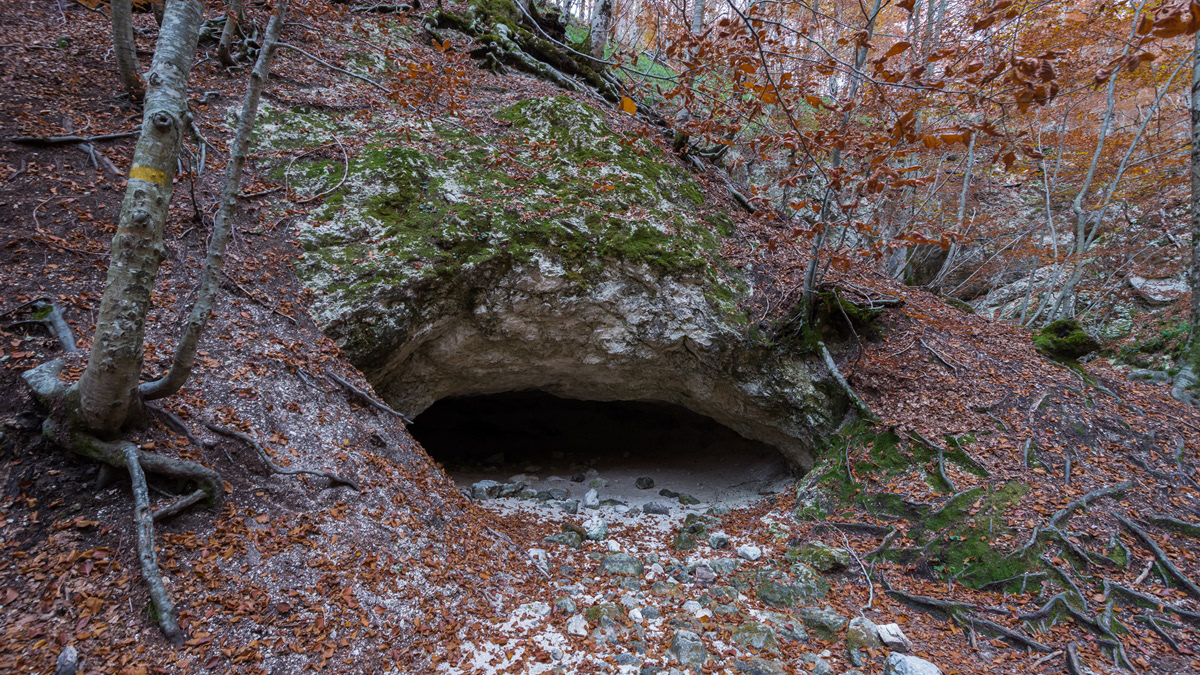
2017
P.N.A.L.M. - Part II
The National Park of Abruzzo, Lazio and Molise is a national park including for the most part (about 3/4) in the province of L'Aquila in Abruzzo and for the remainder in that of Frosinone in Lazio and in that of Isernia in Molise. It was inaugurated on 9 September 1922 in Pescasseroli, the current headquarters and central management of the park, while the body of the same name had already been established on 25 November 1921 with a provisional directorate. Its establishment took place officially with the Royal decree-law of 11 January 1923.
